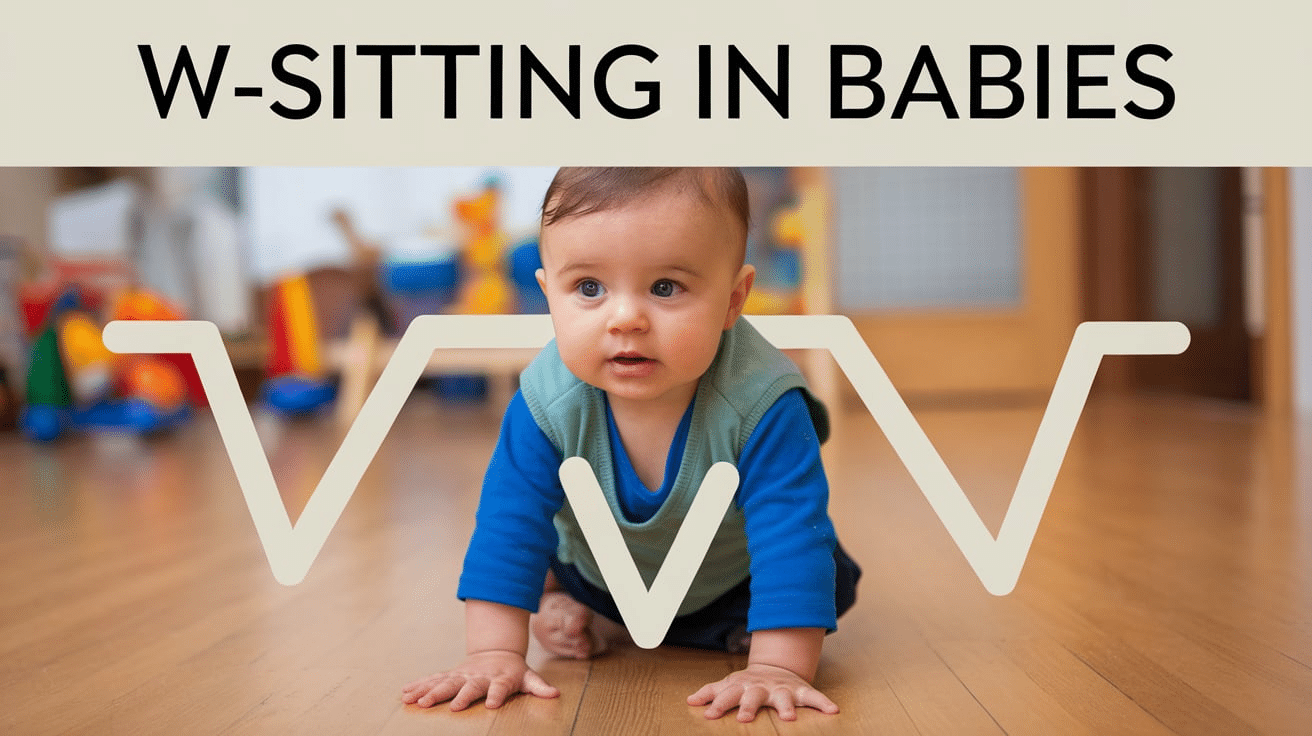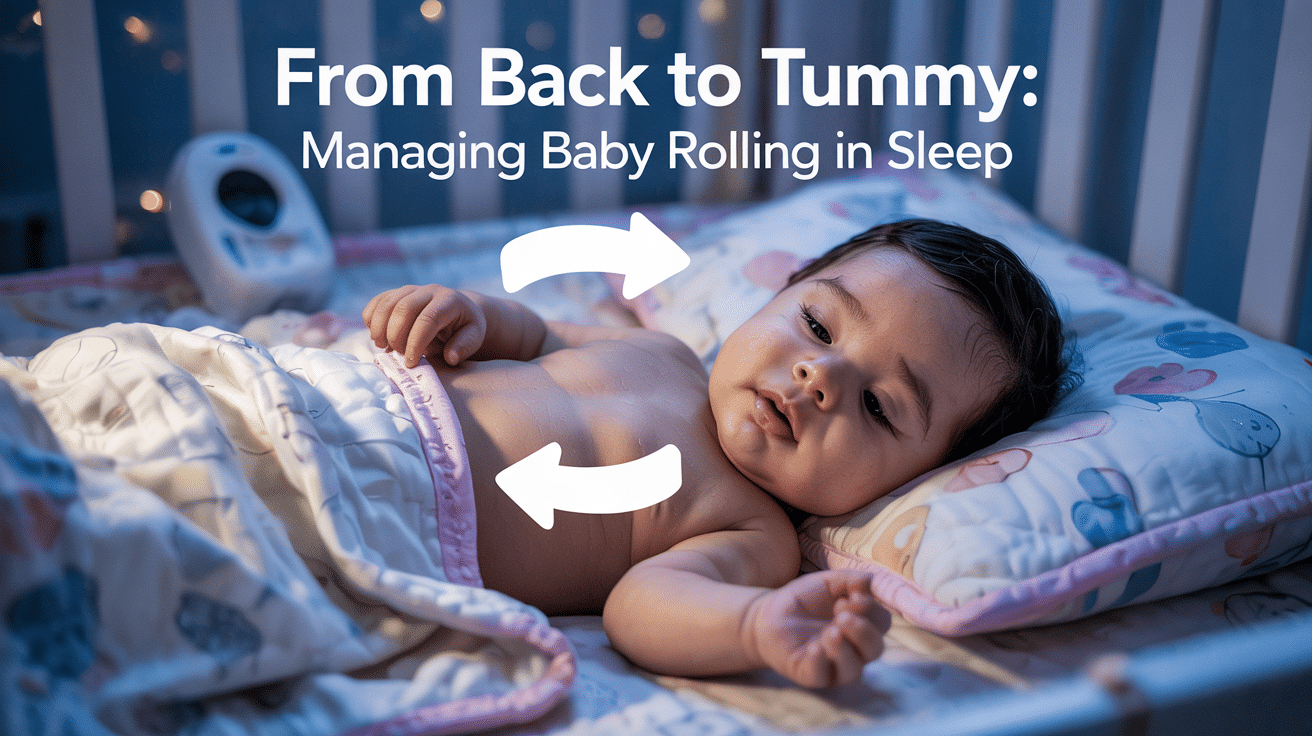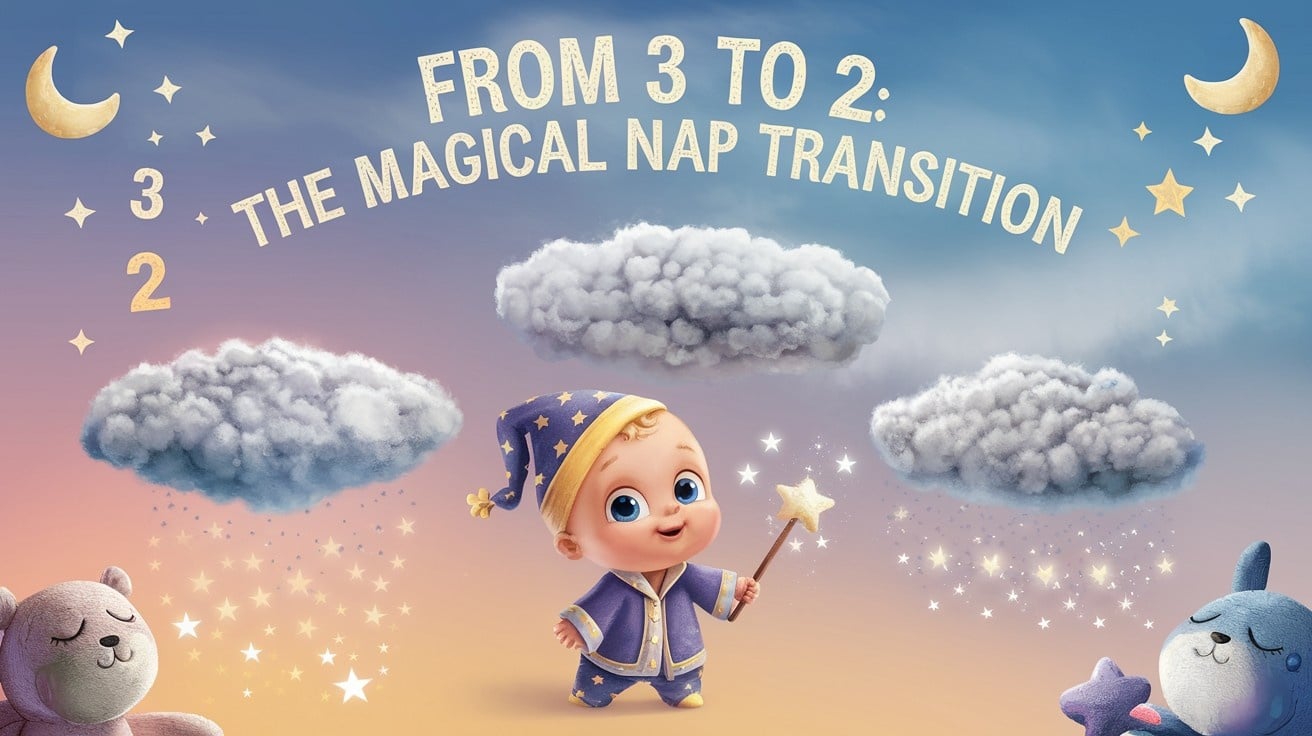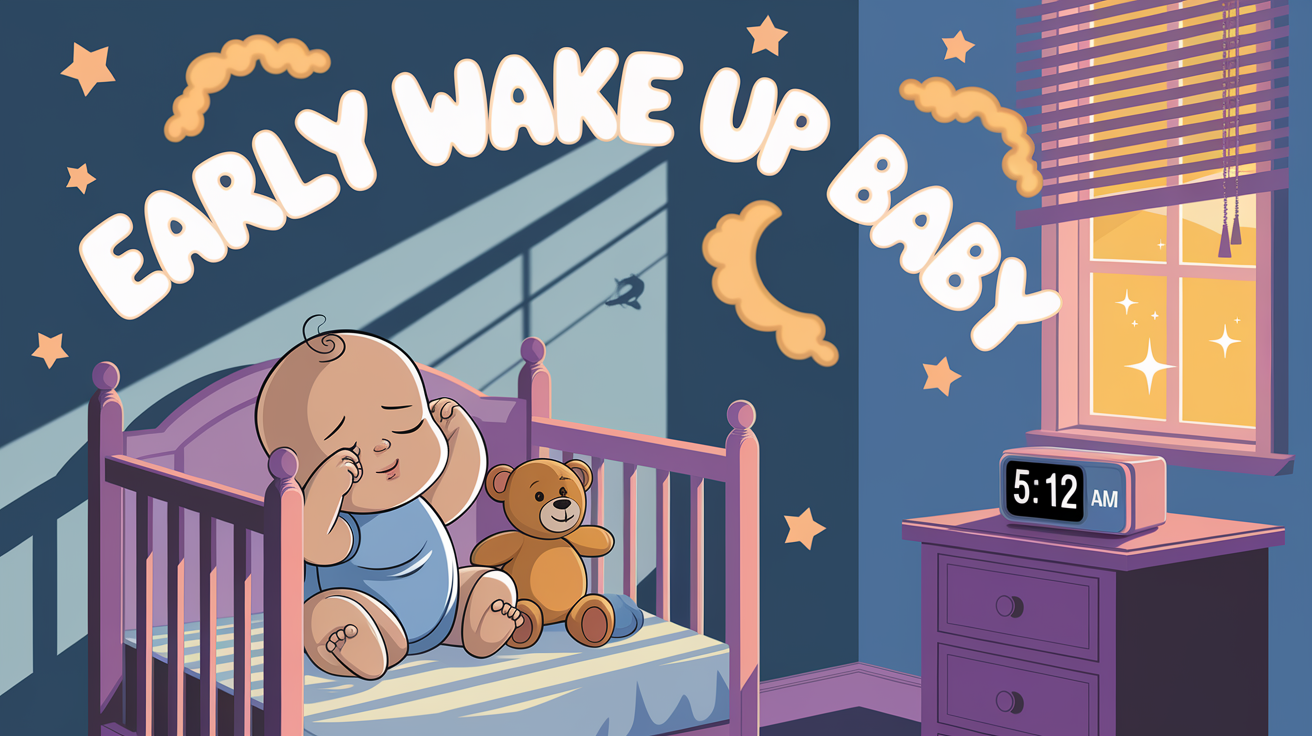
When clocks spring forward or fall back, parents know the truth: tiny sleep schedules face big disruptions. Daylight Savings Time (DST) shifts can turn well-rested babies into cranky little ones overnight.
Did you know that babies’ internal clocks are more sensitive than adults’? Even a one-hour change can throw off their carefully established routines.
This guide helps parents of infants and toddlers handle time changes smoothly. We’ll cover simple steps to adjust nap times, bedtimes, and wake-up calls without meltdowns.
From room-darkening tips to gradual schedule shifts, you’ll find practical advice that works. Our suggestions suit both spring and fall time changes.
Sleep-deprived parents need straightforward solutions. This post delivers exactly that – no complex methods, just tried-and-true techniques to keep your little one’s sleep on track despite DST disruptions.
Why Daylight Savings Affects Baby Sleep
Babies have sensitive internal clocks that respond to light and darkness. When daylight savings shifts occur, the sudden change disrupts their sleep patterns.
Babies may wake earlier than usual or struggle to fall asleep at their regular bedtime. This happens because their bodies haven’t adjusted to the new schedule yet.
The one-hour change might seem small to adults, but it’s significant for babies. Their bodies need time to adapt to different light cues and feeding times.
Parents can help by gradually shifting bedtimes by 10-15 minutes several days before the time change. Maintaining consistent sleep routines and controlling light exposure also help babies transition more smoothly.
With patience and consistency, most babies adapt to the new schedule within a week.
When Does Daylight Savings Time Start and End?

Daylight Savings Time begins on the second Sunday in March when clocks move forward one hour. This change happens at 2:00 AM local time, giving us more evening light.
It ends on the first Sunday in November when the clocks go back one hour. The time shifts at 2:00 AM, returning an hour of morning light as seasons change.
These time changes can disrupt sleep schedules for baby-parents. Children thrive on consistency, making sudden hour shifts challenging for their routines.
To help your baby adjust, start shifting bedtime by 15 minutes each day for four days before the time change. This gradual approach helps their body clock adapt more smoothly.
Keep rooms dark during extended morning light and use blackout curtains when needed. Maintain regular feeding times to support your baby’s adjustment to the new schedule.
Tips to Prepare Your Baby for Daylight Savings
Sleep patterns matter greatly for babies during time changes. Small adjustments can make a big difference in how they adapt.
Start by shifting your baby’s schedule a few days before the actual time change. This gives their body clock time to adjust without sudden disruption.
Move bedtime by 10-15 minutes each day until you reach the desired new time. Consistency with this approach helps babies transition more smoothly.
Modify nap times along with the bedtime shifts. This will create a cohesive schedule that feels natural to your little one. Meal times should follow the same gradual shift pattern. During this transition period, a hungry baby is less likely to sleep well.
Keep the room environment consistent with proper darkness and temperature. This sends clear sleep signals that help overcome the time change confusion.
Additional Tip: Expose your baby to natural light in the morning to help reset their internal clock more effectively.
How to Handle the First Few Days After the Change?

The initial period following any significant shift requires patience and adaptability. Setting realistic goals helps manage disappointment when things don’t go as planned.
Create simple, peaceful daily activities to provide structure without overwhelm. These familiar patterns can offer comfort during uncertain times.
Watch for tiredness signals rather than adhering strictly to schedules. Your body often communicates its needs through yawns, eye rubbing, or decreased attention.
Rest when needed, even if it seems inconvenient. Small breaks prevent burnout and support adjustment to new circumstances. Allow space for both success and setbacks. Each experience provides valuable information about what works for your situation.
Remember that adaptation occurs gradually. What feels challenging now will likely become more manageable with time and practice.
Seek support when necessary. Connecting with others who understand your experience can make the transition smoother and less isolating.
The Do’s and Don’ts of Daylight Savings Baby Sleep
| Do’s | Don’ts |
|---|---|
| Use blackout curtains to maintain darkness during changing daylight hours | Don’t make sudden hour-long changes to sleep schedules |
| Adjust bedtime gradually by 10–15 minutes each day before the time change | Don’t stress over temporary sleep hiccups—most babies adjust within a week |
| Keep the usual bedtime routine to provide comfort and familiarity | Don’t skip naps thinking it will help nighttime adjustment |
| Be patient as your baby adapts to the new schedule | Don’t introduce new sleep habits during time changes |
| Use white noise to help maintain sleep during adjustment periods | Don’t forget to adjust your sleep to stay rested for baby care |
This transition affects everyone differently. Some babies adapt quickly, while others need more time. Consistent routines help babies feel secure during these seasonal shifts.
When Baby’s Sleep Gets Off Track

Sleep disruptions happen to every baby. When your little one’s schedule falls apart, remember this is completely normal.
Take a breath and assess what might have caused the change. Teething, growth spurts, illness, or travel can all affect sleep patterns.
Return to basics by creating a consistent bedtime routine. Dim lights an hour before sleep, and keep the room cool and dark. Watch for sleep cues like eye rubbing or fussiness. When the baby is drowsy but still awake, put it down to help it learn self-soothing.
If problems persist for more than two weeks, consider tracking sleep patterns: note bedtimes, wake times, and disruptions.
Seek professional help if you notice concerning symptoms or if sleep issues affect development. Pediatricians can rule out medical causes, while sleep specialists offer customized solutions.
Remember, this tough phase will pass with patience and consistency.
Summing It Up
Getting your baby to sleep can be tough. New patterns take time to establish, and babies often struggle with changes to their sleep routine. Their natural rhythms develop gradually over the first months.
Regular bedtime habits help babies understand when it’s time to rest. Simple activities like a warm bath, soft music, or quiet reading can signal bedtime.
Watching for signs of tiredness helps you catch the right moment. Rubbing eyes, yawning, or fussiness show your baby is ready.
Remember that progress comes with setbacks. What works today might not work tomorrow. Stay calm during difficult nights. Your calmness helps your baby feel secure. Trust yourself. Your baby will adjust to new sleep patterns. This challenging time won’t last forever.
If you’re interested in more informational content on mothers and babies, feel free to click here and explore other blogs that you might enjoy.
Frequently Asked Questions (FAQs)
1. How Does Daylight Savings Time Affect My Baby’s Sleep?
Babies often struggle with time changes as their circadian rhythms are sensitive to light and schedule disruptions. Most babies take 3-7 days to adjust fully to the new time.
2. Should I Adjust My Baby’s Schedule Before or After Daylight Savings?
Gradually shift your baby’s schedule by 10-15 minutes each day for 4-6 days before the time change, or make the full hour adjustment at once and be patient as they adapt.
3. Will My Baby Wake up Earlier or Later After Daylight Savings Time Changes?
In spring (“spring forward”), babies typically wake up an hour later by the clock but feel like it’s their normal time. In fall (“fall back”), they often wake earlier by the clock while feeling it’s their regular wake time.
4. How Can I Help My Baby Adjust to Daylight Savings Time More Quickly?
Control light exposure by keeping mornings bright and evenings dim. On the new schedule, maintain consistent meal and nap times, and stick firmly to bedtime routines.
5. My Baby Seems Extra Fussy After Daylight Savings – Is This Normal?
Yes, increased fussiness, shortened naps, and sleep disruptions are common for 3-7 days after a time change as your baby’s internal clock adjusts to the new schedule.




















